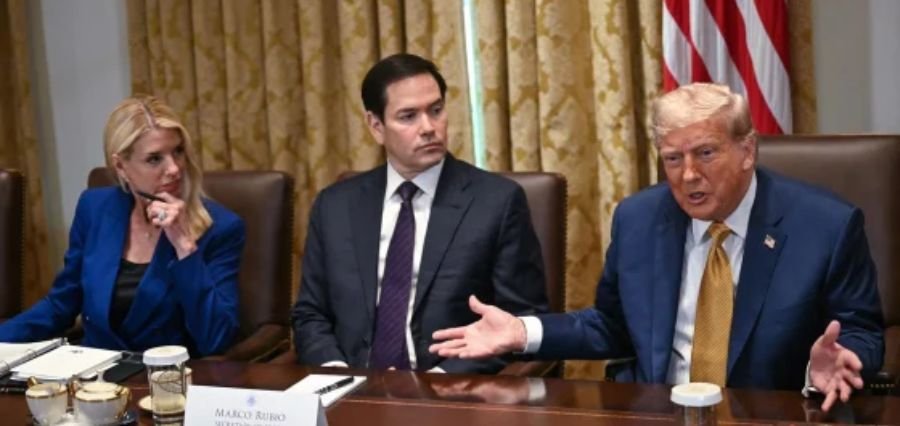In an era marked by rapid urbanization, technological acceleration, and complex global challenges, the very definition of urban progress is being reimagined. Future cities are no longer just centers of population and commerce, they are emerging as critical platforms for sustainability, equity, and innovation. As the pressures on urban areas intensify, the role of leadership becomes pivotal. The path forward demands leaders who can navigate not only technological change but also social transformation and environmental responsibility. This article highlights key strategies essential for leading future cities, emphasizing the need for urban governance to evolve in order to promote innovation, advance inclusivity, enhance resilience, and foster collaboration across all sectors of society.
Fostering Innovation and Digital Transformation
The digital revolution is reshaping cities at an unprecedented pace. Smart city technologies—ranging from Internet of Things (IoT) sensors to data-driven traffic systems—offer powerful tools for improving urban services and quality of life. However, technology must be used not as a goal in itself but as an enabler of inclusive and efficient urban experiences.
Leadership in future cities must therefore foster a culture of innovation that embraces experimentation and iterative design. This involves supporting tech ecosystems, creating sandboxes for emerging solutions, and partnering with academic institutions and the private sector. Digital literacy and cybersecurity also need to be core components of any smart city initiative to ensure that the digital divide does not deepen existing inequalities.
Moreover, city leaders must be vigilant in ensuring transparency and privacy. As more data is collected from urban environments, governance frameworks must protect citizens’ rights while leveraging insights to enhance public services.
Ensuring Equity and Social Inclusion
The future of cities cannot be truly forward-looking without addressing the deep-rooted social inequalities that have long plagued urban life. Inclusive leadership means actively involving all communities in the decision-making processes and ensuring that policies reflect diverse voices. This includes marginalized groups such as ethnic minorities, women, the elderly, and people with disabilities.
Cities must be designed with accessibility and equity at their core. Affordable housing, universal design in public infrastructure, accessible public transportation, and equitable access to education and healthcare are central to achieving this vision. Urban leaders must go beyond consultation and empower communities through participatory governance and community-led development models.
By embedding equity into policy frameworks and city planning, leaders can foster a sense of belonging and shared purpose among residents. This social cohesion is vital for resilience in the face of future challenges, from economic disruption to climate change.
Building Resilient Urban Systems
Resilience must be integrated into every layer of urban planning. Climate change, public health crises, and geopolitical instability are just a few of the unpredictable forces that will shape cities in the years to come. Future-focused leadership understands that resilience is not just about reactive measures—it is about proactive planning and structural preparedness.
This requires investment in adaptable infrastructure, disaster risk reduction strategies, and flexible public service delivery systems. Water management, food security, emergency response, and public health capacity must be prioritized. City leaders must also collaborate across sectors and jurisdictions, recognizing that resilience is a shared responsibility.
Leadership must also recognize the importance of social resilience. Empowering communities to support one another in times of crisis, investing in mental health, and building networks of care can help cities withstand and recover from shocks more effectively.
Cultivating a Collaborative Urban Ecosystem
No single actor can lead a future city alone. Collaboration is essential—between public institutions, the private sector, academia, and civil society. Effective leadership involves breaking down silos and building cross-sectoral partnerships that align toward common goals. This includes co-developing policies, sharing data, pooling resources, and leveraging diverse perspectives.
Urban leaders must also be attuned to global networks. As challenges become increasingly transboundary, cities benefit from learning from one another. Participation in global city networks and knowledge exchanges can facilitate innovation, support policy development, and amplify collective urban advocacy.
Internally, city administrations must become more agile and integrative. This involves reforming governance structures to be less hierarchical and more adaptive to feedback. Encouraging interdepartmental collaboration and incentivizing innovation within public institutions are key to fostering a dynamic urban leadership culture.
Conclusion
The future of cities will be determined by the choices made by their leaders today. Redefining urban progress means moving beyond traditional models of development and embracing a vision grounded in innovation, inclusion, resilience, and partnership. Cities must become laboratories for progress, where bold ideas are tested, diverse voices are elevated, and long-term sustainability is prioritized. Effective urban leadership is not simply about managing growth, it is about shaping environments where people and ecosystems can thrive together. As we look ahead, those who lead with empathy, foresight, and adaptability will be the architects of cities that are not only smarter, but truly better for everyone.





